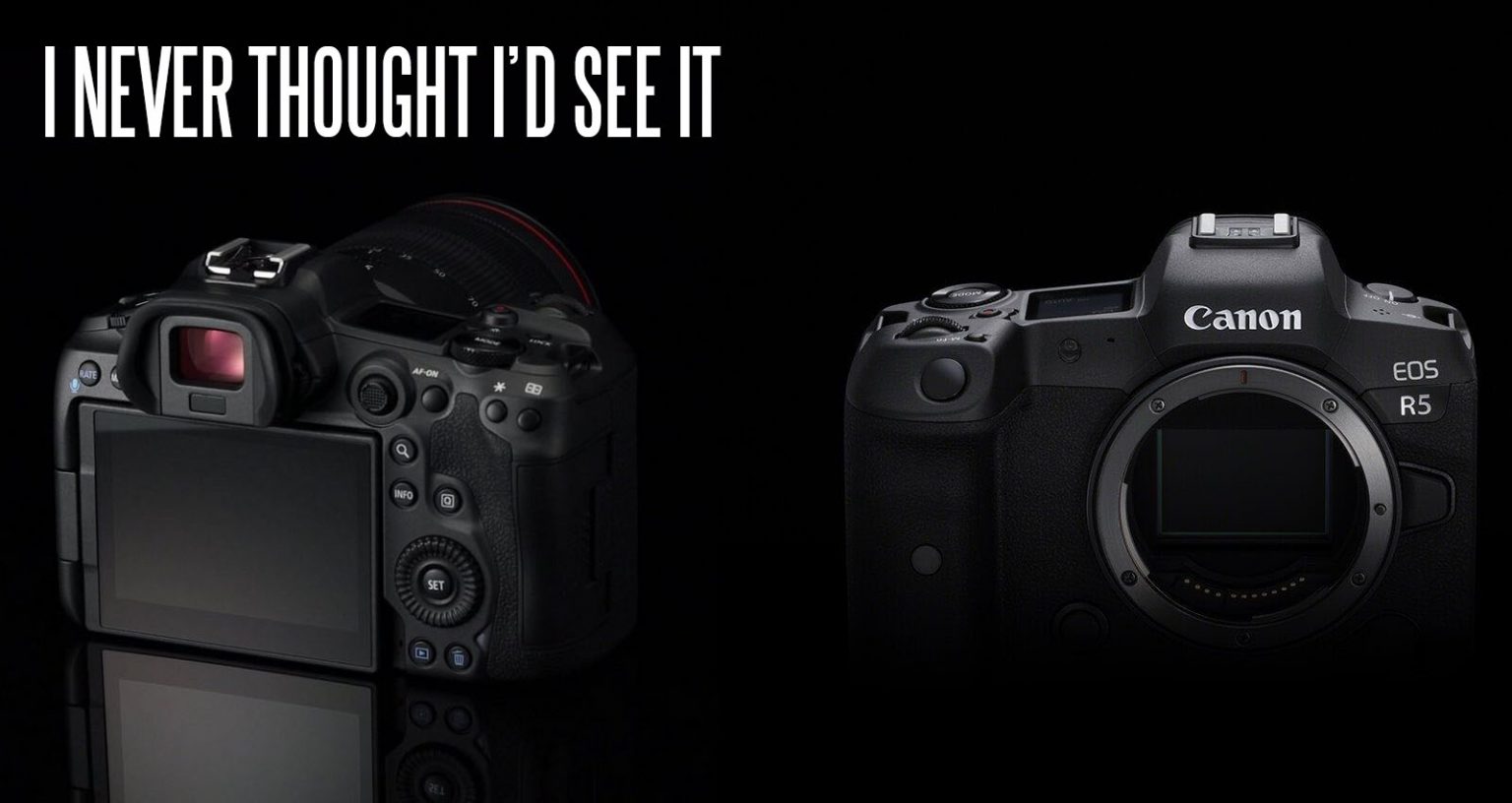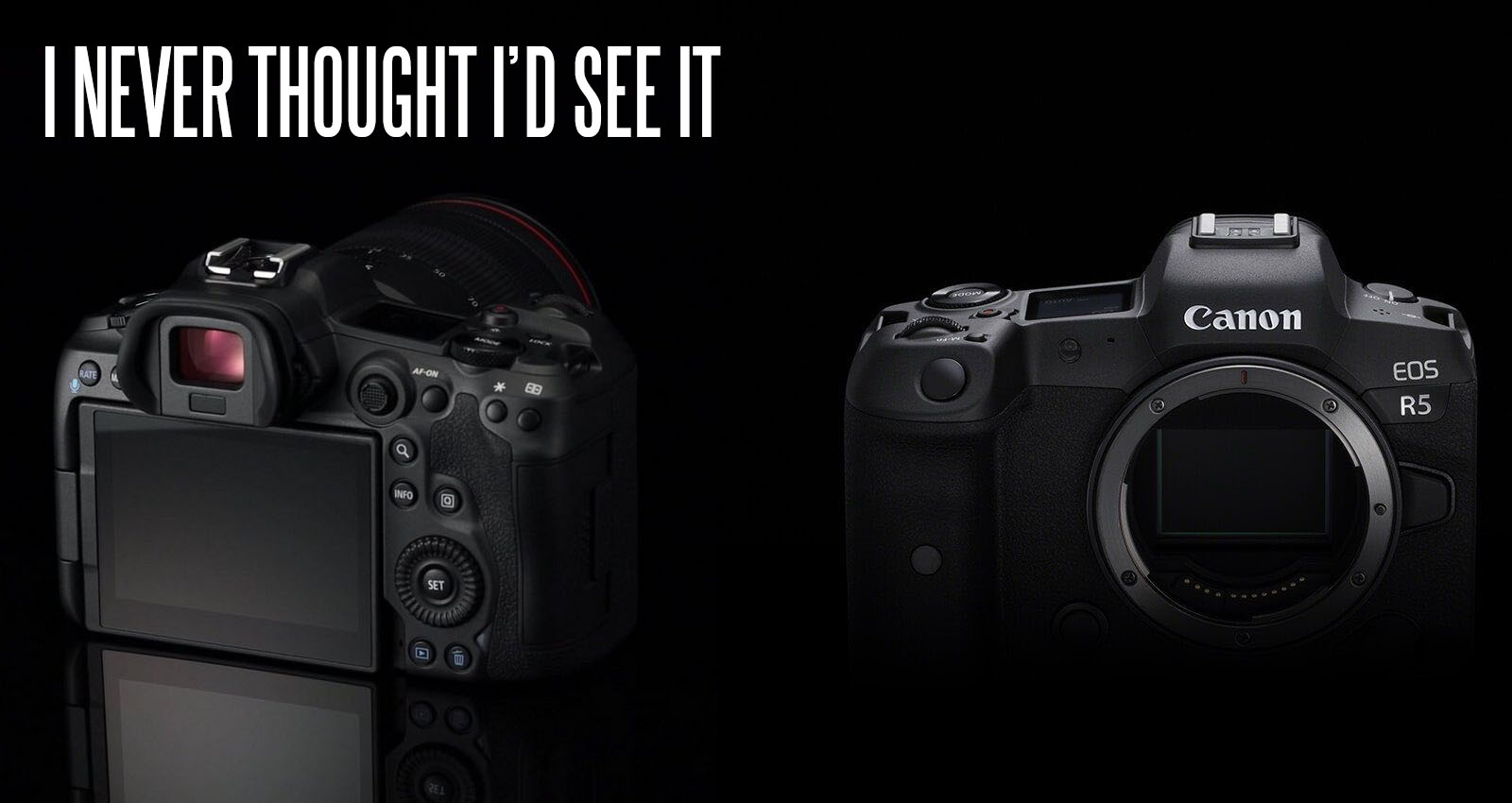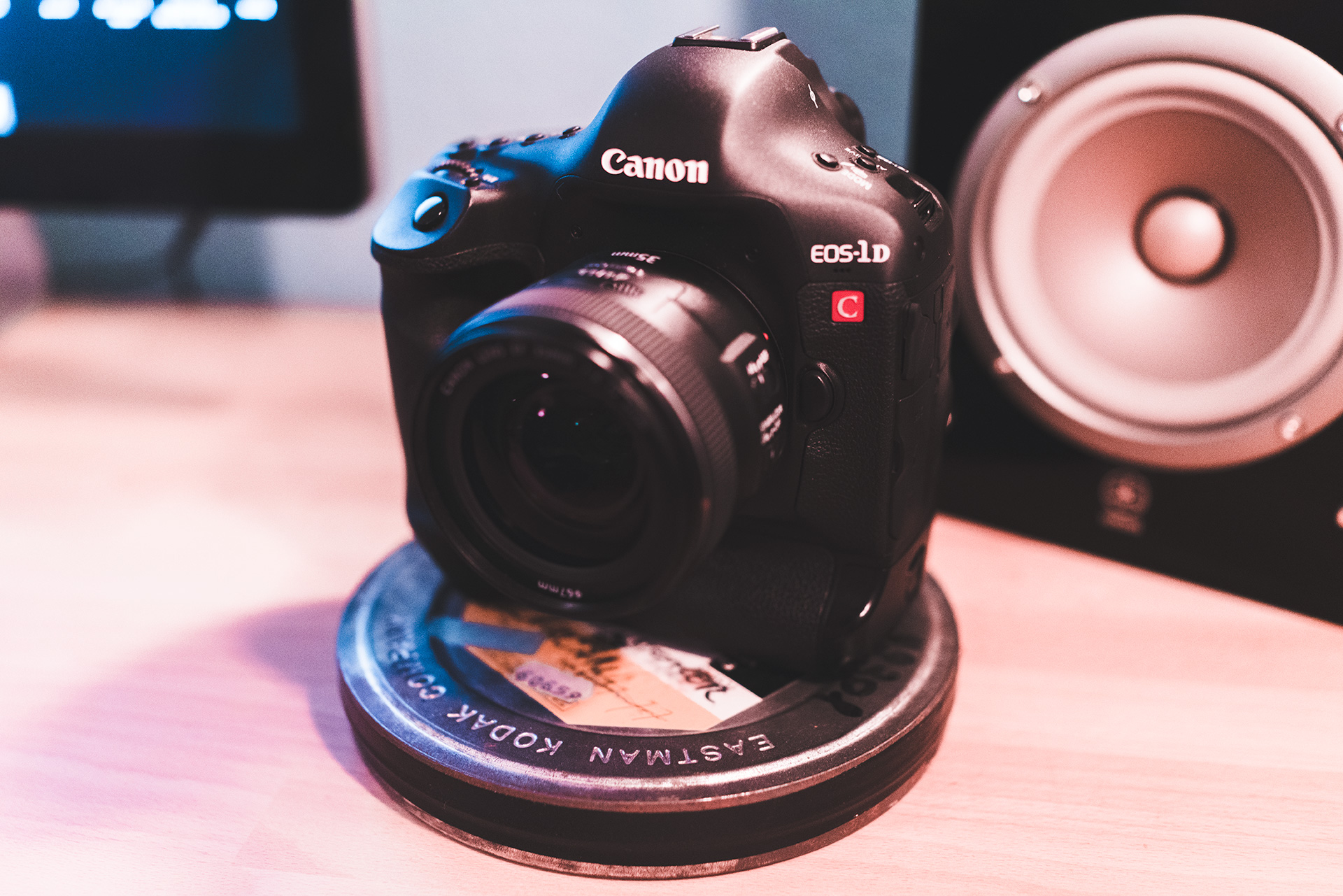
If EOSHD were a record player, there would be one particular groove it just couldn’t get over. It’d be the part of the record where she sings “why are Canon’s video specs so rubbish and where is the Canon full frame 4K high end mirrorless camera?”, and admittedly this isn’t the stuff of a number 1 hit single. I for one am very grateful the fat lady has finally shut up. I cannot put into words how relieved I am to no longer have to complain about Canon! Even the site name now makes sense! That gamble I made 10 years ago in believing Canon would run away with the DSLR video scene may yet pay off! It’s just that I’ve spent the first 10 years shooting mostly Panasonic and Sony. Canon seriously dropped the ball and for the longest time just didn’t seem to listen.
Speculative reasons for this have been legion – some say Canon lacked the technological capability to compete. Some say Canon wanted to avoid cannibalising Cinema EOS sales, or that Canon simply didn’t see a market for full frame 4K after the relative failure of the 1D C. Some say their sales had an unassailable lead with just 8bit 1080p (especially C300 and 5D Mark III) so why bother trying harder?
Now there’s another interesting theory, that Canon R&D works on a 10-year cycle with a big leap ready to storm the market at the end of each cycle, building on the initial success (reusing sensors in multiple bodies) with incremental improvements for 8-9 years before the next big leap. Let’s go all the way back to 2000 with the genesis of the Canon DSLR and CMOS sensor technology, fast forward 10 years and the cycle has resulted in a 5D Mark II taking the world by storm, a big leap on everything that went before and ahead of every other competitor at the time.
Fast forward another 10 years to 2020 and Canon looks to be doing a similar thing with the EOS R5. Could it be that Canon are just conservative, slow to make major moves, very calculated and taking the long term picture into account?
Nope!
Well maybe. But I think what has happened here is all to do with collapsing sales. It is simply Canon reacting to the market and systems like the EOS R5 take a long time to develop. Canon’s DSLR sales have not been quite what they were for a good few years now since the 5D Mark IV limped out the door. In addition Canon likely needed a new breed of machines that make machines – in terms of the sensors and technology under the hood. There is no way that the chip fabrication technology and facilities Canon used to make the 5D Mark IV would be up to making the 8K capable sensor and image processor in the EOS R5.
For a long time though, Canon’s strategy just didn’t seem to place much importance on video in stills cameras. Convergence? No. They’d rather sell you separate cameras. The pressure on Canon has ratcheted up in recent years though. Sony took the lead in full frame with the A7 series and Fuji really came out swinging with the X-T2 and X-T3. The Panasonic GH5 went from strength to strength, like the GH4 before it. Even Nikon were offering better video than Canon, starting with the D750 and continuing with the 4K D850 and Z6. On top of this increasingly feisty party, DSLR sales continued to fall partly due to mirrorless technology coming on song. Looking at the Sony A9, Panasonic S1R, Leica SL2 and Fuji GFX100, mirrorless really is the new standard in high-end professional photography, outpacing and outperforming the best DSLRs for resolution and video.
Canon had to do something.
But the planning and research for establishing a new system takes ages. Especially the lenses. These have to be incredibly carefully considered and specced. If you get the lenses and mount design wrong, it haunts the entire lifetime of the system. So even though the 5D Mark IV arrived in 2016, it was based on decisions made a few years before, and Canon didn’t change gear back at base until later. I think the camera releases of 2014-2017 just weren’t the biggest priority or long-term strategy. That was being worked out behind closed doors, as the market changed around them, things may have had to be reconsidered or slowly adapted.
In late 2018 the EOS R system arrived. The cheaper body was there to establish the lenses and maybe take a bit of business away from the Sony A7 III. It’s not a longer term thing, but the EOS R5 is. Nothing less would have had Panasonic GH5 or Sony A7S II users flocking back to Canon after abandoning the brand circa 2015.
We began to speculate Canon had hit a roadblock at the factory and simply were no longer capable of competing head to head with Sony. The harm to the high-tech perception of the Canon brand was growing, and I told them repeatedly on this blog. Do something Canon! For heaven’s sake do something, or they’ll be hell to pay.
Finally the new technology is ready
I am so glad to see it.
The bombshell announcements flocked out of the gates one by one…
Canon C500 Mark II with full frame sensor.
Canon 1D X Mark III with 5.5K Canon RAW.
Canon EOS R5 with absolutely insane video specs and the most advanced stills camera from Canon ever, in many ways.
None of this will be cheap, but it’s all welcome and a rocket up the arse of Sony to get their act together with an A7S III.
Even compared to much more expensive C500 Mark II, the paper-specs of the EOS R5 are better in some areas – 8K for one! Then again mirrorless cameras have always been more innovative on the specs sheet compared to professional camcorders, if you go back to the Canon C300 the image was nothing special and the 1D C’s 4K soundly beats it. Come 2015 so did the Samsung NX1 and GH4.
So Canon moves in mysterious ways, but I think now I understand what the logic is. They still have some of the best camera technology in the world but their conservative approach to the market sees a very limited or tightly focussed application of it. Dual Pixel AF for example did not make a big splash in a 5D full frame camera at first or a Cinema EOS machine, but in the relatively lowly 70D. The imaging engine of the 1D C never got out of the 1D X body and into something more exciting. Why didn’t Canon back in 2012 put that sensor and image in a cinema camera with RAW & 10bit? Why not anticipate the popularity of full frame in the video (and cinema) world? For reasons only known to them, they didn’t have that foresight. So they have all this magic knocking around at the factory and in weird niche products at $12k, refusing to think outside the box and bring it to a wider audience. Strange isn’t it?
They ignored the clamour of the market for so long and didn’t bring anything of interest out.
And now just as Canon are leaping back into the limelight, Sony are fading into the background.

See more information on the EOS R5 here:





